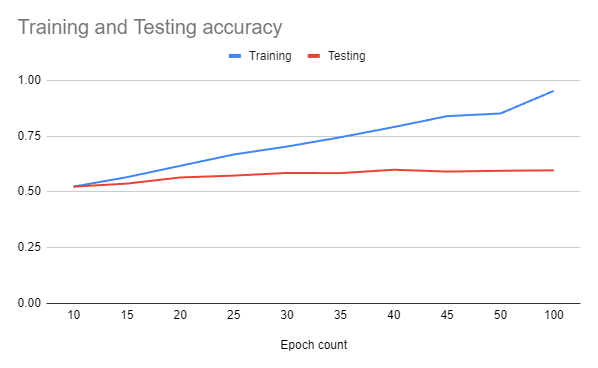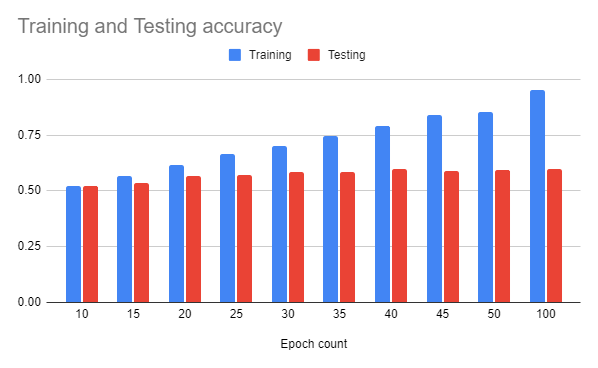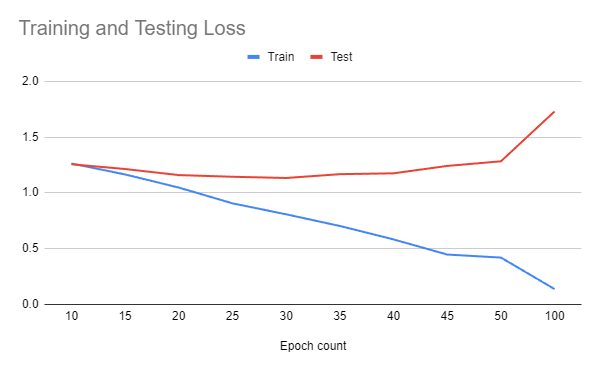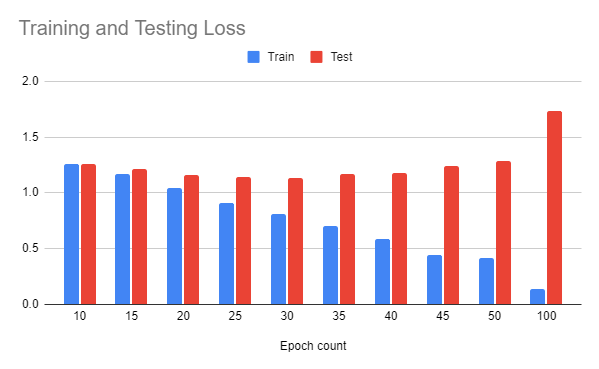Training a Facial Emotion Recognition AI Model
An introduction to Machine Learning
Introduction
For this coursework, I trained a Facial Emotion Recognition (FER) model to detect human emotions from images using a dataset categorized by different facial expressions.
FER is widely used in various fields, from human-computer interaction to emotion-based audio feedback. I was particularly interested in how well an AI can learn to detect emotions, whether it could overtrain, and how to ensure an unbiased model.
The project was inspired by a tutorial on facial expression recognition using CNNs, but I modified the approach to train and validate the AI using separate datasets to prevent false accuracy results.
Dataset & Training Approach
The FER-2013 dataset from Kaggle was used, containing:
- 28,709 training images and 3,589 test images.
- Seven categorized emotions: Angry, Disgust, Fear, Happy, Sad, Surprise, and Neutral.
- Small image sizes, making it efficient for training in Google Colab.
To ensure valid training, I modified the dataset split to:
- 70% for training and 30% for validation.
- A separate, unseen dataset for testing, preventing the AI from memorizing results.
I originally planned to integrate live webcam detection, but due to Google Colab’s cloud-based limitations, this feature was scrapped.
AI Model & Implementation
The model was built using Keras and TensorFlow, structured as a Convolutional Neural Network (CNN) with:
- Multiple convolution layers to extract emotion-based facial features.
- Pooling layers to reduce dimensions and improve computational efficiency.
- Dropout layers to prevent overfitting.
- Dense layers for final classification of emotions.
Training was conducted in mini-batches of 64 images, and I tested different epoch values (10 to 100 epochs) to evaluate the model’s learning ability.
Results & Observations
Higher epochs didn’t guarantee better accuracy — a model trained for 100 epochs showed 90% accuracy during training but dropped below 60% during real testing, similar to the 50-epoch model.
Performance fluctuated depending on hardware limitations in Google Colab, requiring an upgrade to Colab Pro for improved GPU performance.
- The AI did not show signs of overlearning but appeared to hit a training ceiling,
- limiting further improvement after a certain point.
Accuracy Results (100 Epochs vs. Testing Performance)
Training vs. Testing Loss Graphs
Final Thoughts
This project gave me valuable insight into AI training, dataset structuring, and the challenges of model validation. Key takeaways:
- Splitting datasets properly is crucial to avoid false accuracy results.
- More training doesn’t always mean better performance — AI can hit a plateau.
- Hardware constraints significantly affect deep learning model performance.
This was an eye-opening experience, and I look forward to further exploring AI-driven emotion recognition!



